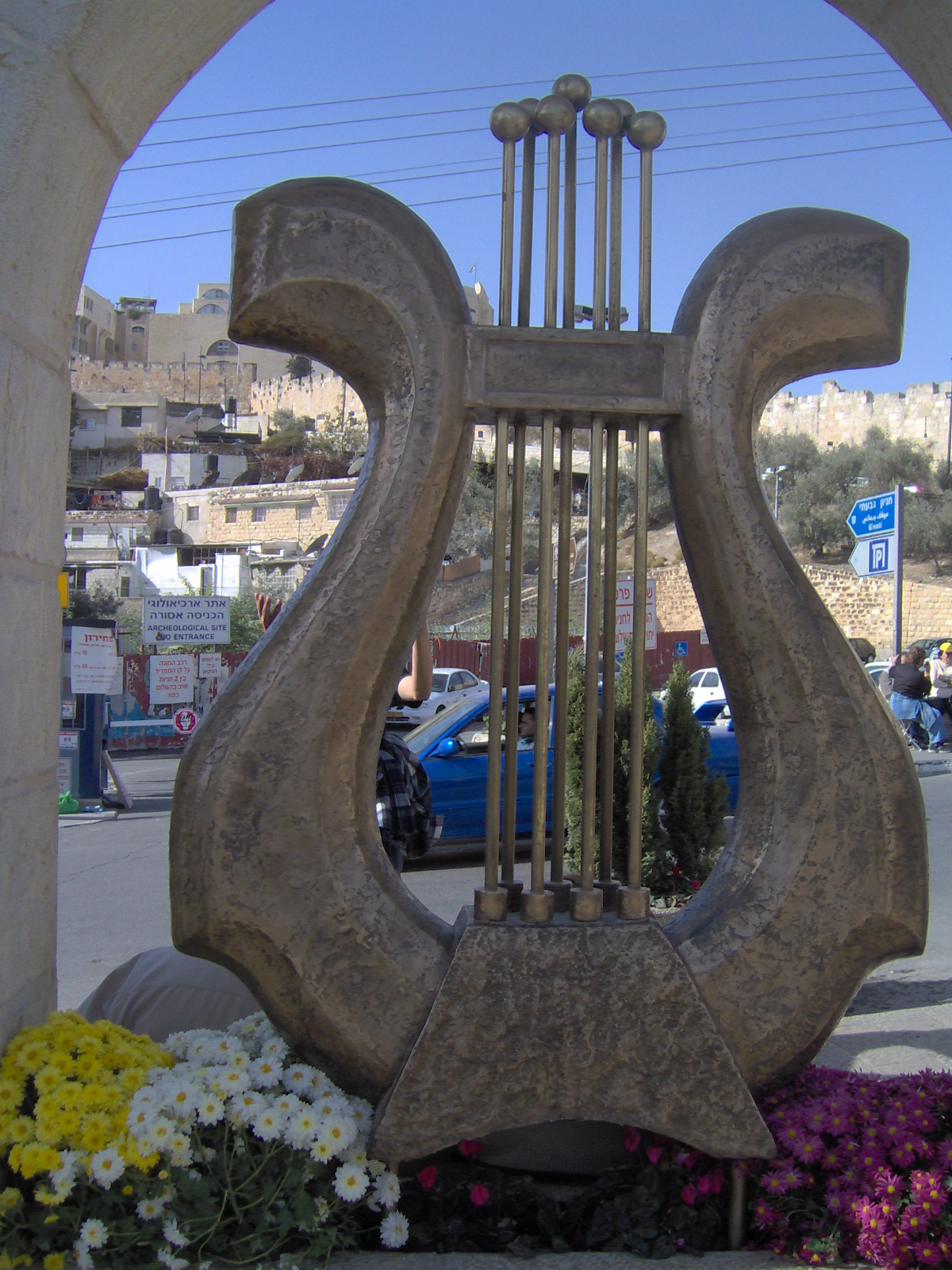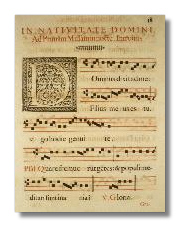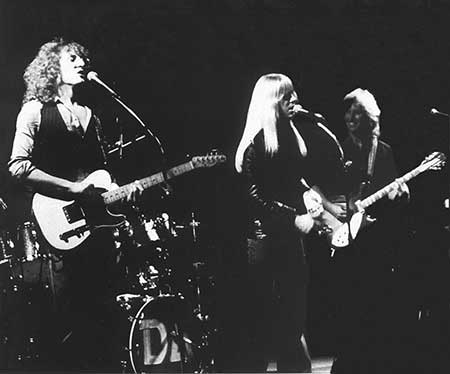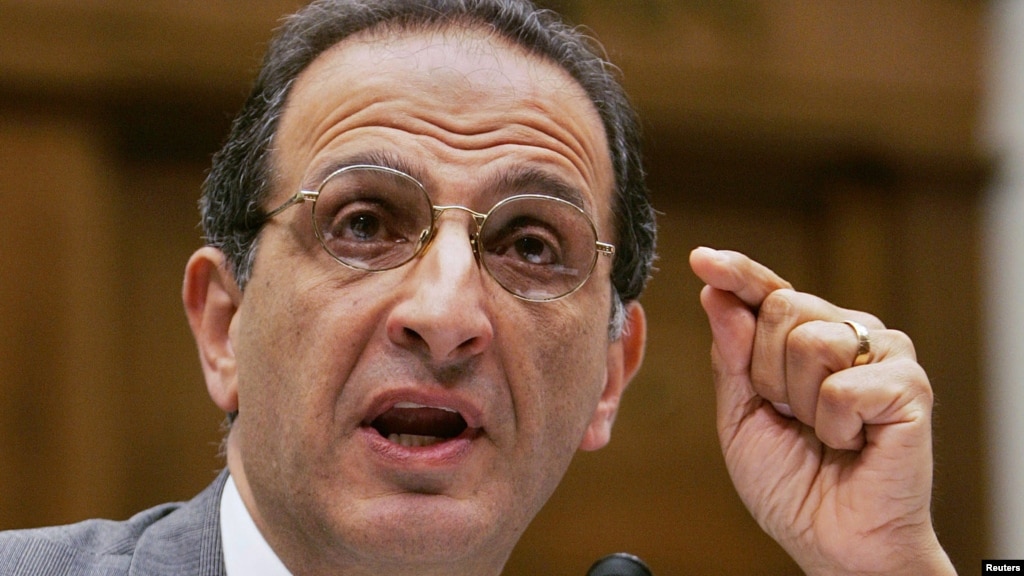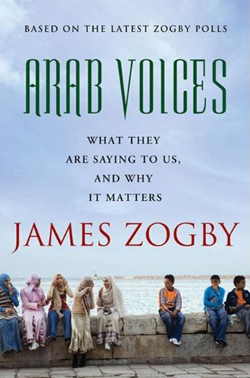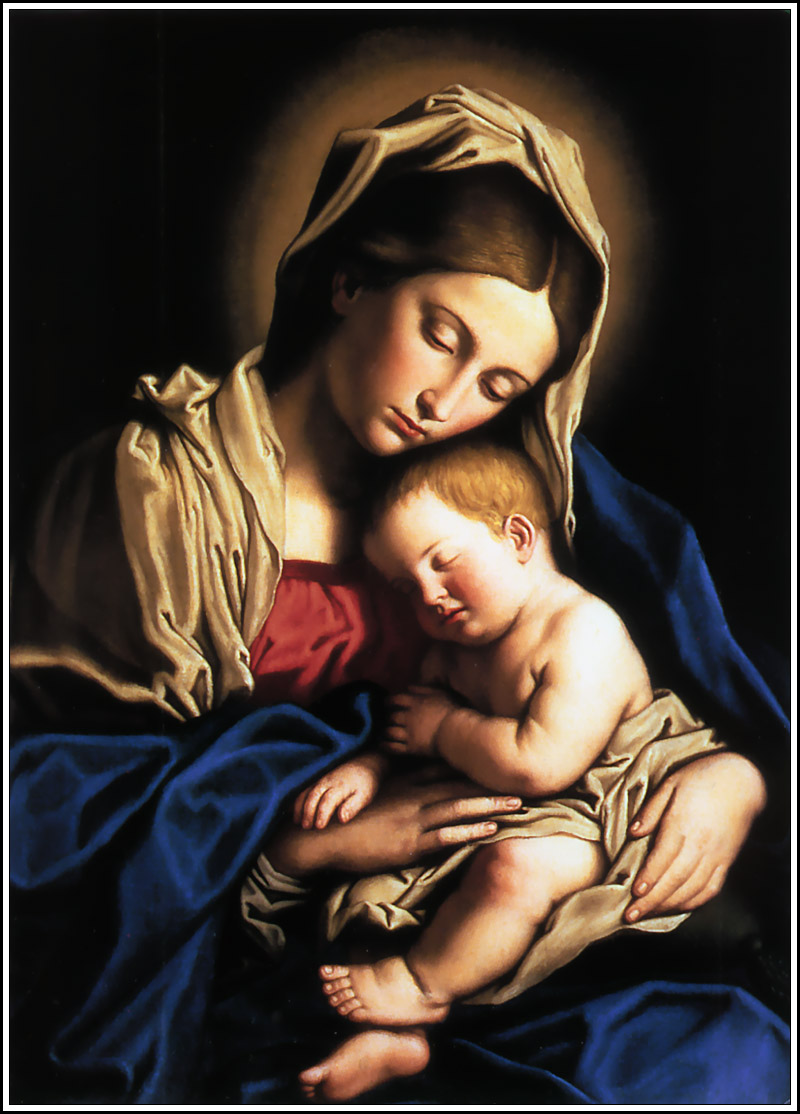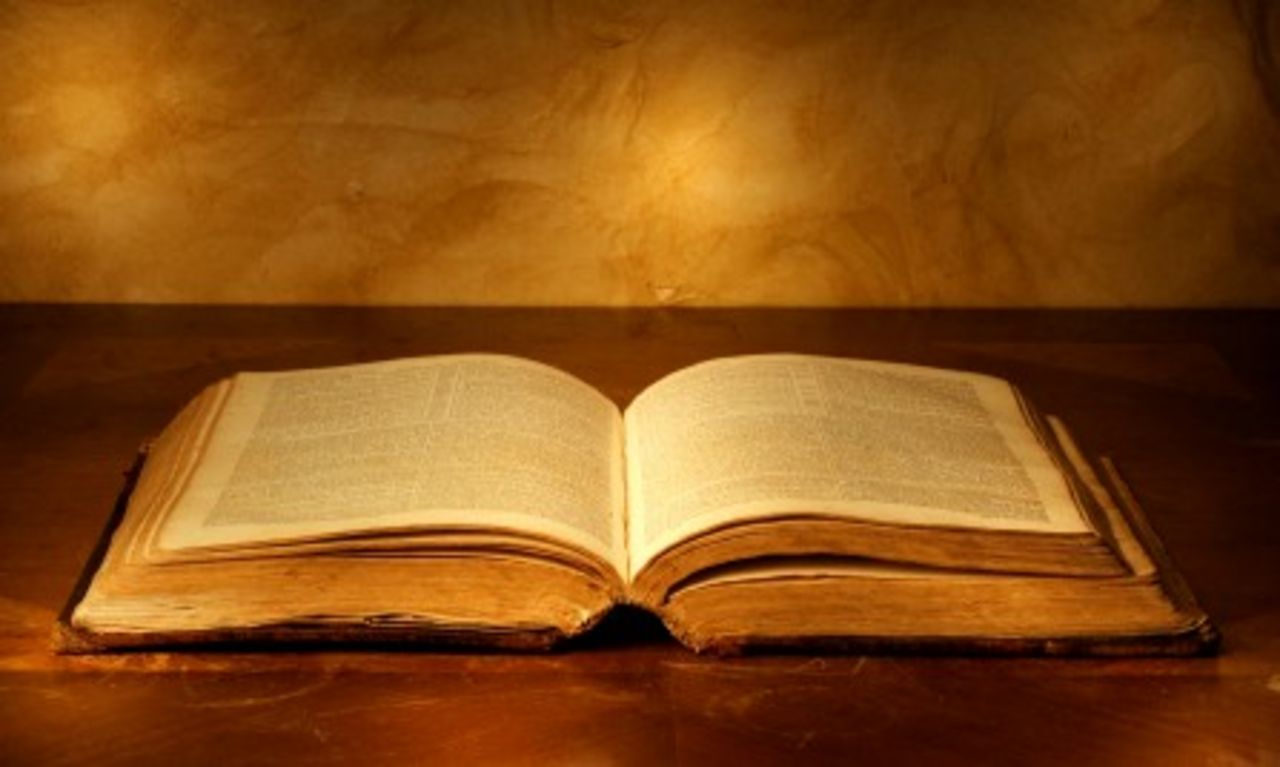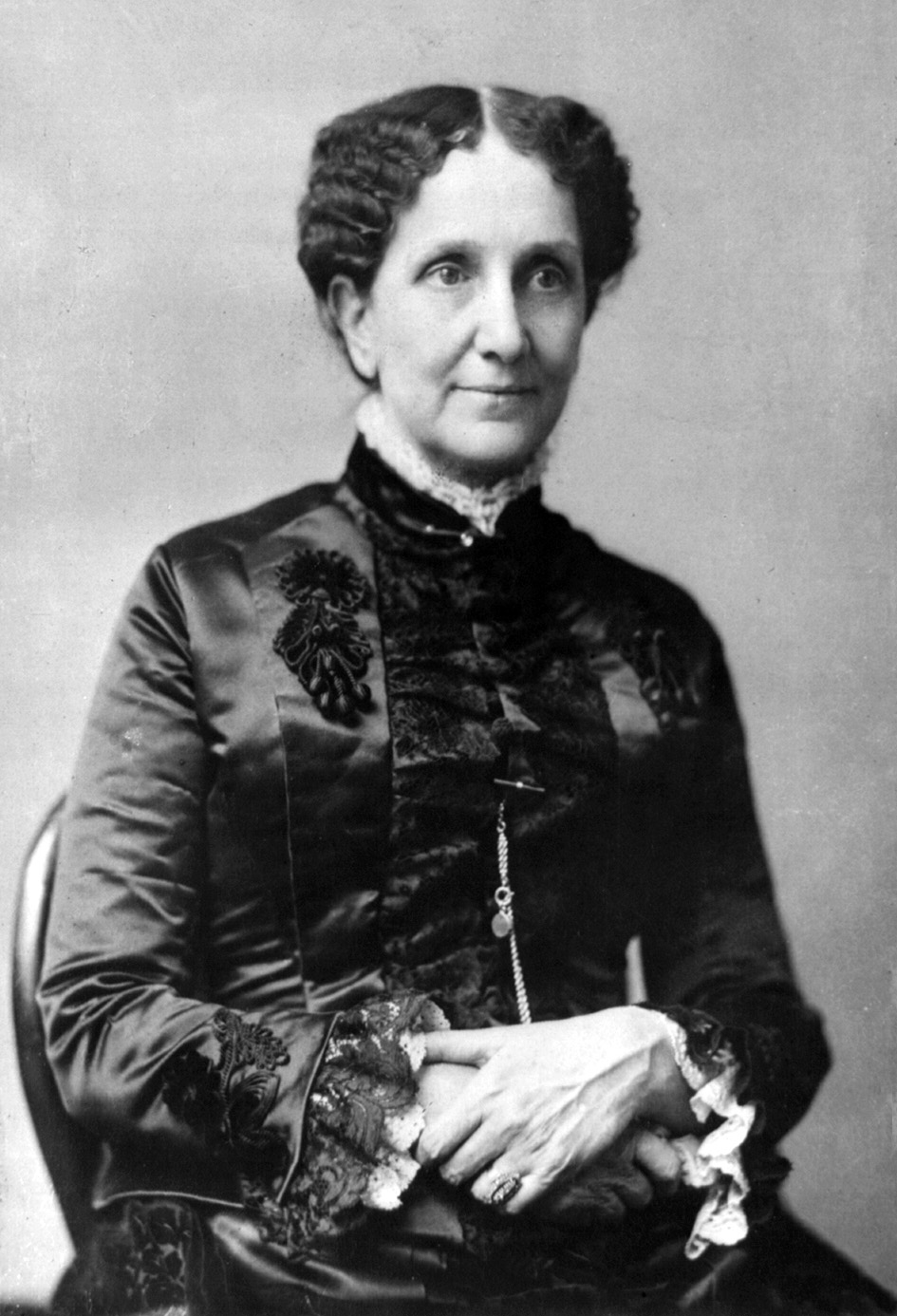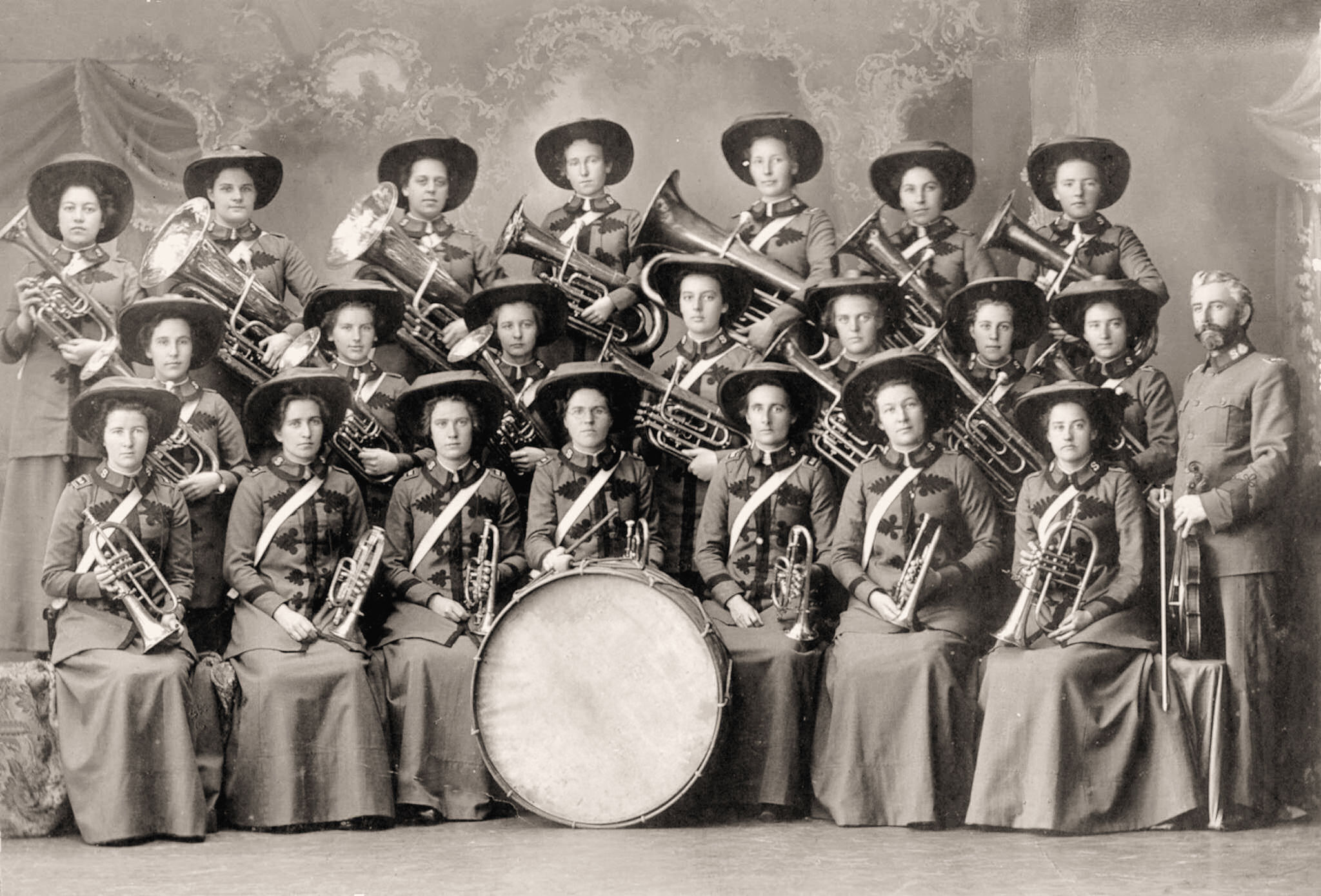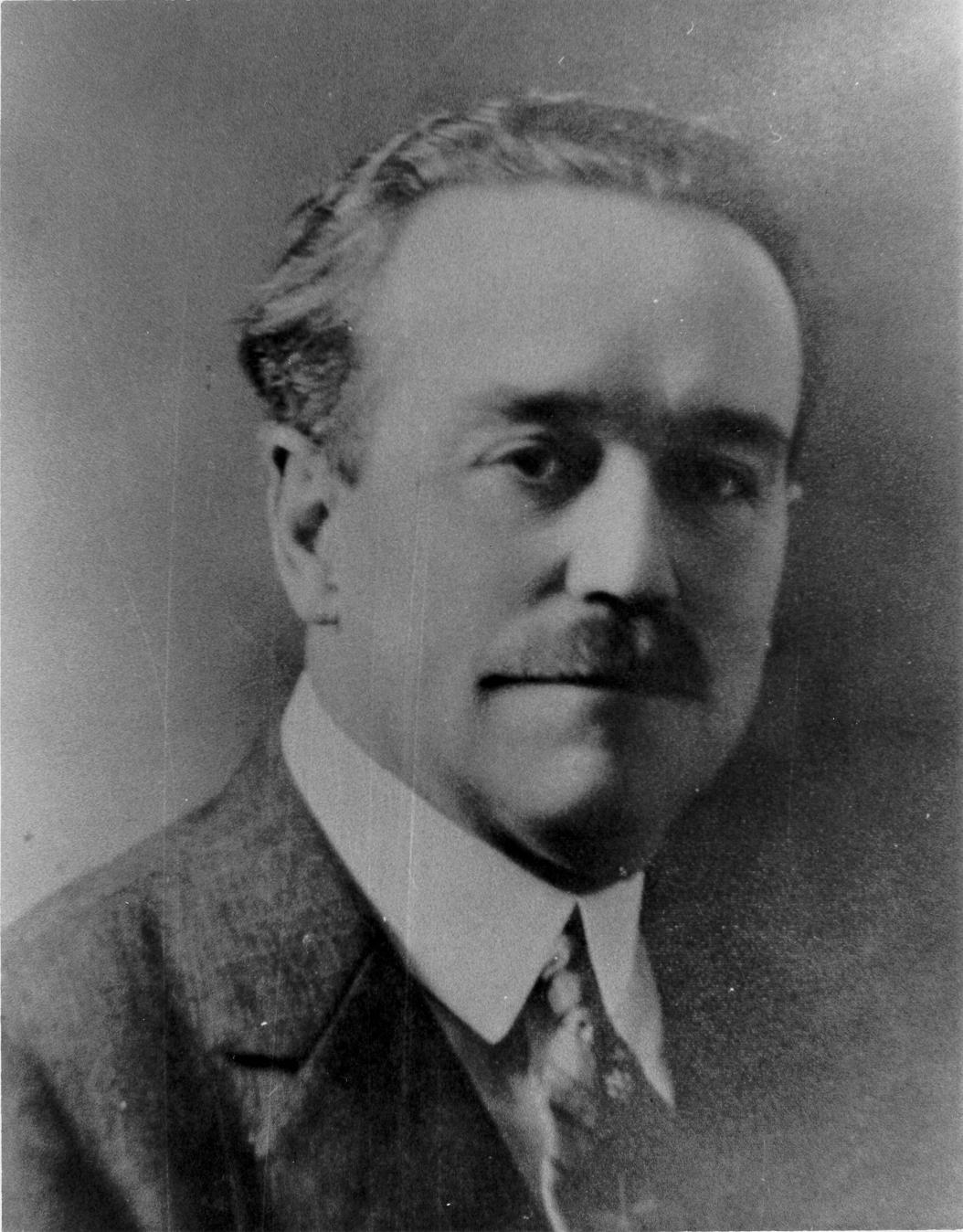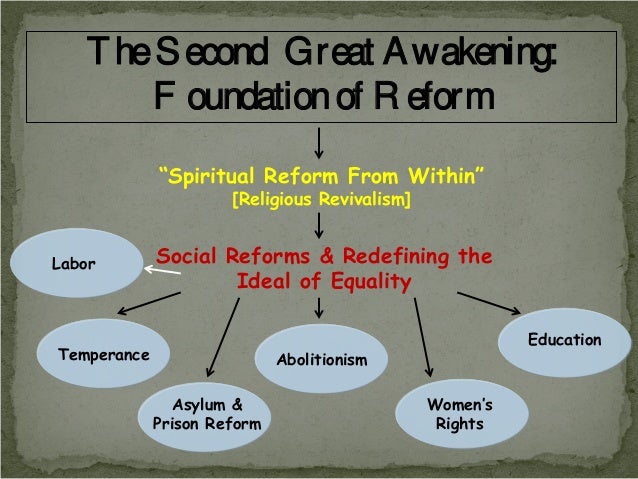The Church traces its origins to Jesus and the Twelve Apostles, in particular Simon Peter, the leader of the Apostles, who is regarded as the first Pope.
The term "Catholic Church" was first used in a letter by Ignatius of Antioch and Catholic writers list a number of references which point to at least a 'first among equals' status for the See of Rome from the very earliest times.
The New Testament contains warnings against teachings considered to be only masquerading as Christianity, and shows how reference was made to the leaders of the Church to decide what was true doctrine.
The Catholic Church claims to be the continuation of those who remained faithful to the leadership and rejected divergent teachings.
The New Testament contains warnings against teachings considered to be only masquerading as Christianity, and shows how reference was made to the leaders of the Church to decide what was true doctrine. The Catholic Church claims to be the continuation of those who remained faithful to the leadership and rejected divergent teachings.
The core beliefs of the Catholic Church are shared by the majority of other Trinitarian Christian groups. Its catechesis makes use of the Nicene Creed and the Apostles' Creed, which are accepted also by most major Christian denominations. The Catechism of the Catholic Church gives a rather detailed account of its beliefs.
Catholics place particular importance on the Church as an institution founded by Christ and kept from doctrinal error by the presence and guidance of the Holy Spirit, and as the font of salvation for humanity.
The seven sacraments, of which the most important is the Eucharist, are of prime importance in obtaining salvation.
The principal sources for the teachings of the Catholic Church are the Sacred Scriptures and Sacred Tradition. The original language of most of the Old Testament is Hebrew or Aramaic, but several books or portions of books were written in Greek. The New Testament was also written in Greek.
In his 1943 encyclical letter, Divino Afflante Spiritu, Pope Pius XII encouraged Biblical scholars to study diligently these original languages and other cognate languages, so as to arrive at a deeper and fuller knowledge of the meaning of the sacred texts.
Catholicism is monotheistic. It acknowledges that God is one, eternal, all-powerful, all-knowing and omnipresent. God exists as distinct from and prior to his creation (that is, everything which is not God, and which depends directly on him for existence) and yet is still present intimately in His creation.
Catholicism is Trinitarian as it believes that, while God is one in nature, essence, and being, this one God exists in three divine persons, Father, Son and Holy Spirit, each identical with the one essence, whose only distinctions are in their relations to one another: the Father's relationship to the Son, the Son's relationship to the Father, and the relations of both to the Holy Spirit, constitute the one God as a Trinity.
The Church teaches that salvation to eternal life is God's will for all people, and that God grants it to sinners as a free gift, a grace, through the sacrifice of Christ. Man cannot, in the strict sense, merit anything from God It is God who justifies, that is, who frees from sin by a free gift of holiness (sanctifying grace, also known as habitual or deifying grace).
Man can accept the gift God gives through faith in Jesus Christ and through baptism. Man can also refuse the gift. Human cooperation is needed, in line with a new capacity to adhere to the divine will that God provides. The faith of a Christian is not without works, otherwise it would be dead.
There are seven sacraments within the Roman Catholic Church. They are Baptism, Eucharist Confession, Penance, Anointing of the Sick, Holy Orders or ordination of clergy and Matrimony.

The current disagreements between Evangelical Protestants and Catholics are perhaps based on misconceptions.
One point of contention is whether or not Catholics worship statues and saints.
According to Catholic sources, the statues are works or art that are reminders of someone that had a close relationship with God. Saints of course were admirable individuals that serve as role models and whose lives are studied, much as Protestants would study the life of Peter or Paul.
Another point of disagreement is whether or not Catholics pray to the saints.
Catholic sources site Revelation 5:3 where John depicts the saints in heaven offering our prayers to God under the form of "golden bowls full of incense, which are the prayers of the saints." If the saints in heaven are offering our prayers to God, then they must be aware of our prayers.
They are aware of our petitions and present them to God by interceding for us. The answer to this is, yes they ask saints to invoke God upon their behalf.
The Eucharist or Communion is another point that Protestants and Catholics disagree upon.
The Catholic point is the bread and wine take upon divine characteristics and become the actual body and blood of Christ, whereas the Protestant belief is that this is strictly a ceremony derived from the Jewish tradition of Passover and it is done to remember Jesus’ death and resurrection.
The final disagreement is upon the reverence of Mary the mother of Jesus. You may note that there are Catholics that have differing viewpoints regarding this.
The Protestant view puts the mother of Jesus as someone who was very special and was chosen of God to bear and raise His Son.
Because of this Divine Motherhood. The Catholic Church depicts Mary as a person that can intercede with her son on our behalf. They also say she was not subject to original sin that beset Eve, because Mary was a virgin when she conceived Jesus. This is called Immaculate Conception.
Catholics have bestowed the title of Perpetual Virgin upon Mary which is incongruent with Protestant beliefs.
The Catholic Church believes in The Assumption of Mary which states that at the end of her life she was taken up to Heaven or Assumed into Heaven, not leaving corporeal remains. The same can be said for Enoch and Elijah in Old Testament sources.
Another very contemporary and radical belief that some members of the Catholic Churchhave promoted is that of Mary as Co-Redemptrix. This meaning that she cooperates with Jesus, through her special relationship as His Mother, in redeeming the world. Perhaps this was resultant of the recent apparitions of Mary throughout the world. Though this belief is held by some in the Church, Pope John Paul issued a decree before his death that there was only one Redeemer, Christ Jesus.
Due to these differences it is unlikely that any agreement will ever be sustained that would make Protestants accepting of the Catholic positions and beliefs. The same holds true for Catholics that hold fast to their Church teachings and feel that Protestants are in error for not accepting these truths. It is safe to say that there are possibly more similarities between the two groups than differences.
A final noteworthy point is that much of the mass is derived from the Jewish Sabbath Service.
As the Protestant Church has many different denominations and within differing factions among those denominations, we all can agree that Jesus is the Son of God Most High and came to redeem the world and turn us to His Heavenly Father. We should hold fast to that and not condemn each other.





